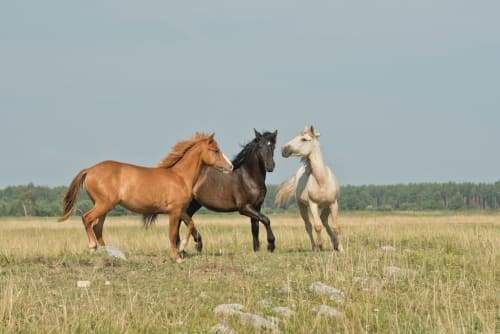
The stables of Briquedalles
The stables have an arena of 30m x 60m, fenced meadows with rails and ribbons with shelters. We also have stalls and a saddlery/grooming area within the castle.


Situated on the English Channel, the Côte d'Albâtre is the name given to the coastline of the Pays de Caux in the Seine-Maritime region. Its white cliffs are geological wonders that are unique in the world, and have charmed many artists over the years, including Claude Monet, Gustave Courbet and Eugène Delacroix, and the Impressionists in general, as well as writers including Maupassant, Maurice Leblanc and Georges Simenon.
Whether you're a fan of fishing on foot, grandiose landscapes, heritage or thrills, the Côte d'Albâtre has a wealth of things to discover on the Normandy trails!
